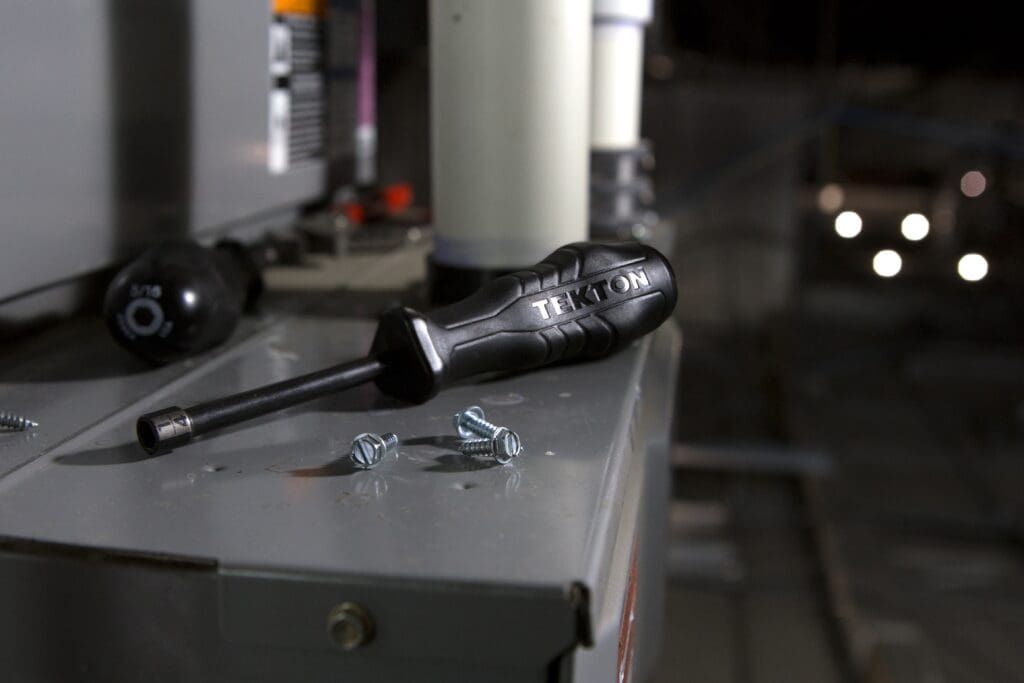The demand for energy-efficient heating solutions has led many homeowners to consider replacing their traditional furnaces. They offer numerous advantages, including reduced energy consumption and lower environmental impact. If you’re contemplating this upgrade, it’s essential to understand the timeline involved in switching from a regular furnace to a heat pump. While the specific duration may vary based on various factors, let’s explore a general outline to give you an idea of what to expect when you replace your natural gas furnace, oil furnace, electric furnace, and ac.
Replace Furnace Process
Initial Assessment and Planning for Furnace Replacement (1-2 Weeks):
Before the installation process begins, it’s crucial to evaluate your home’s heating requirements and assess the feasibility of installing a high-efficiency heat pump. A professional HVAC contractor will conduct an on-site inspection, considering factors such as the size of your home, insulation, and existing ductwork. They will determine if your property is suitable and provide you with an estimate of energy costs and energy savings.
System Selection and Equipment Ordering (1-2 Weeks):
Once you’ve decided to proceed with a heat pump installation and replace your gas/oil/electric furnace, you’ll need to choose the right system for your home. There are different types available, such as air-source heat pumps, ground-source heat pumps (geothermal), and high efficient ductless mini-split heat pumps. Your contractor will help you select the most suitable option based on your specific requirements and budget. After finalizing the system, the necessary equipment will be ordered, which typically takes a week or two to arrive.
Preparation and Modifications for Furnace Changing (1-3 Days):
Before the installation can begin, certain preparations and modifications may be required. This includes clearing the installation area, ensuring proper electrical connections, and making any necessary adjustments to the existing ductwork or infrastructure. The duration of this phase depends on the complexity of the modifications needed and can range from a single day to a few days. And the next replace furnace stage is
Heat Pump Installation (1-3 Days):
The actual installation typically takes one to three days. A team of experienced HVAC technicians will carefully remove your old furnace and install the heat pump system in its place. They will connect it to the ductwork or set up a ductless system, install the indoor and outdoor units, and make all the necessary electrical connections. The timeline may vary based on the complexity of the installation and any additional components or accessories required.
Testing, Calibration, and Commissioning (1 Day):
After installation is complete, thorough testing and calibration will be conducted to ensure optimal performance. The technicians will verify that the system operates correctly, including checking the airflow, refrigerant levels, and thermostat settings. This testing phase typically takes about a day, during which any adjustments or fine-tuning will be made to ensure the heat pump operates energy efficiently.
Training and Handover (1 Day):
Once the installation and testing phases are successfully completed, the HVAC technicians will provide you with a comprehensive overview of the newly installed heat pump system. They will explain its operation and maintenance requirements and answer any questions you may have. This training session is crucial to ensure you understand how to optimize the system’s performance, control settings, and take advantage of its features. Here the replace furnace process ends!
Summary of Furnace Replacement Estimates
While the timeline for switching from a regular furnace to an electric heat pump can vary based on factors like system complexity and property requirements, this general outline provides an overview of the process. From the initial assessment to the final training session, the installation process can typically span around 2–4 weeks. However, it’s important to consult with a professional HVAC contractor for an accurate estimation based on your specific circumstances. By investing time in planning and selecting the right system, you can enjoy the long-term benefits of a more energy-efficient and environmentally friendly heating solution with your new high-efficiency heat pump.
What are the benefits of switching to a Hydron Aire EVI air-to-water heat pump?
From a gas furnace: Enjoy higher efficiency, lower operating costs, and eco-friendly heating. It works well in cold climates, provides both heating & cooling, operates quietly, and may qualify for rebates & incentives while increasing home value.
From an electric furnace: Improve energy efficiency, lower heating costs, and benefit from year-round comfort. It performs efficiently in cold climates, reduces your carbon footprint, and offers long-term savings with potential rebates & incentives.
Can a Hydron Aire EVI heat pump replace a furnace and air conditioner?
Yes, it can replace both, providing efficient heating in winter and cooling in summer. It works well in cold climates, lowers energy costs, and eliminates the need for separate systems.

